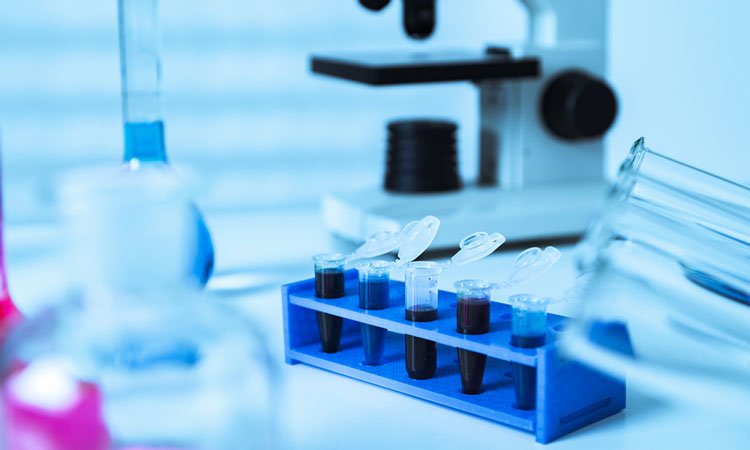Live-imaging technique reveals cellular plug for leaky bio barrier
Posted: 15 February 2019 | Drug Target Review | No comments yet
A microscopy assay has shown the repair mechanism involved in the activation of a protein called Rho, used to plug leaky biological barriers in the body…


Sheets of cells in our bodies called epithelial tissues coat our organs, create wall-like barriers that protect us from bacteria, viruses and other disease-causing invaders. And when potentially harmful gaps between these cells emerge, a molecular switch gets flipped to call the repair crew and fix the leaks.
Using a novel live-imaging technique, University of Michigan researchers have achieved the first direct detection of short-lived leaks in epithelial tissues as they occur. Their microscopy barrier assay also allowed them to discover that the repair mechanism involves local activation of a protein called Rho.
The developed assay could help provide insights into the mechanisms of diseases that target the epithelial barrier – ailments caused by microbes and allergens, as well as various inflammatory states, immune disorders, diabetes and even cancers. And the assay could potentially be used to screen drugs to treat those afflictions, according to the researchers.
The first author is Dr Rachel Stephenson, a research scientist in Professor Ann Miller’s lab who carried out the project for her doctoral dissertation.
“An important unanswered question about epithelial tissues is: How are the junctions between cells able to maintain the biological barrier function even as cells change shape?” Prof Miller said.
In the study, Prof Miller’s team used epithelial cells in live frog embryos, which have cell-cell junctions similar in structure and protein composition to those in human epithelial tissues.
During embryonic development, many epithelial cells work together to bend and fold tissues. Using their new microscopy assay – which is known as ZnUMBA for Zinc-based Ultrasensitive Microscopic Barrier Assay – the researchers studied what happens at the cellular level when epithelial cell-cell junctions are stretched.
They showed that leaks in barrier function happened when cell-cell junctions elongate. But the leaks are short-lived, suggesting there is an active repair mechanism.
On further investigation, the researchers discovered that the repair mechanism involves local activation of the protein Rho, in a sudden burst of activity they dubbed a Rho flare. Rho then activates proteins that contract the junction, repairing it.
“We discovered that cells are normally very proactive when it comes to maintaining the barrier,” Stephenson said. “This repair mechanism happens quickly and is carried out very locally, affecting only a small part of the cell junction, rather than multiple cells or the whole tissue.
“We think that this proactive approach is what gives our cells the flexibility to move and change shape without compromising the barrier function of the tissue. Diseases involving a leaky barrier might be due to a faulty repair mechanism or the cells’ inability to detect leaks and flip the switch.”
Dr Stephenson and other members of Prof Miller’s Lab are now working to determine how the switch gets flipped to turn on Rho at the right time and place and to identify other proteins that are part of the cellular repair crew to plug leaky biological barriers.
The results of the study were published in the journal Developmental Cell.
Related topics
Assays, Disease research, Drug Discovery, Research & Development, Therapeutics
Related organisations
Michigan University
Related people
Dr Rachel Stephenson, Professor Ann Miller


